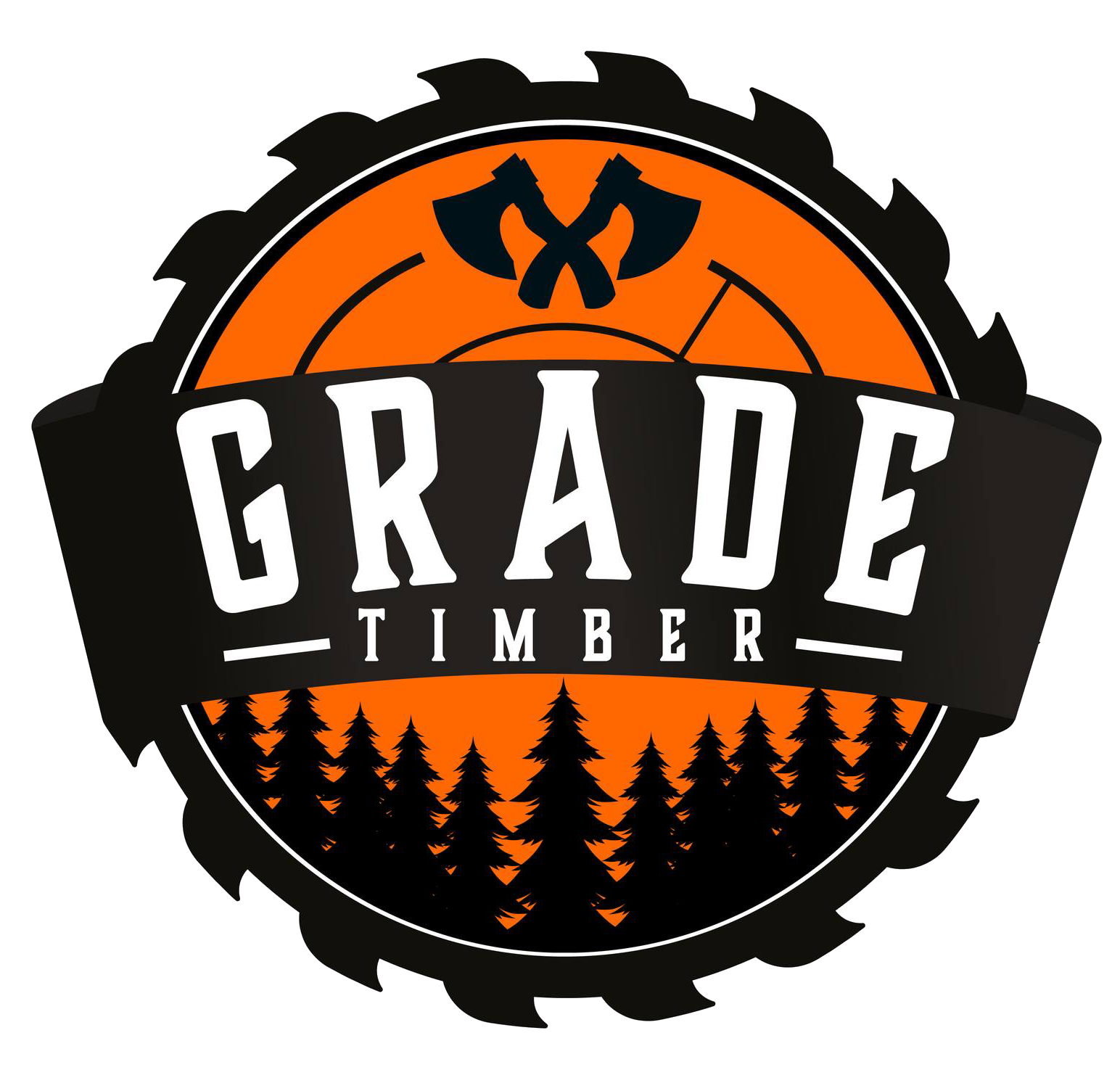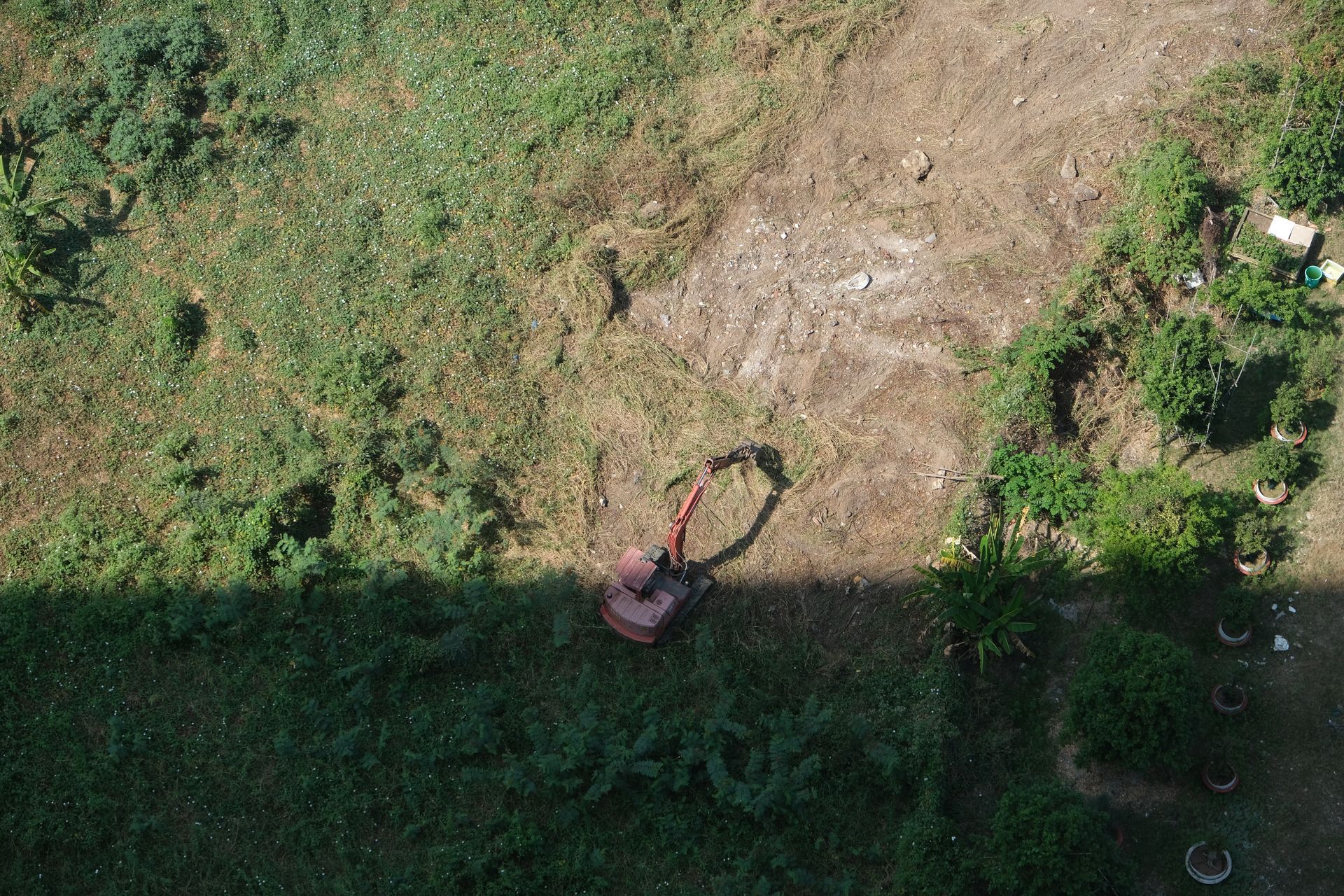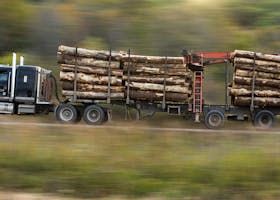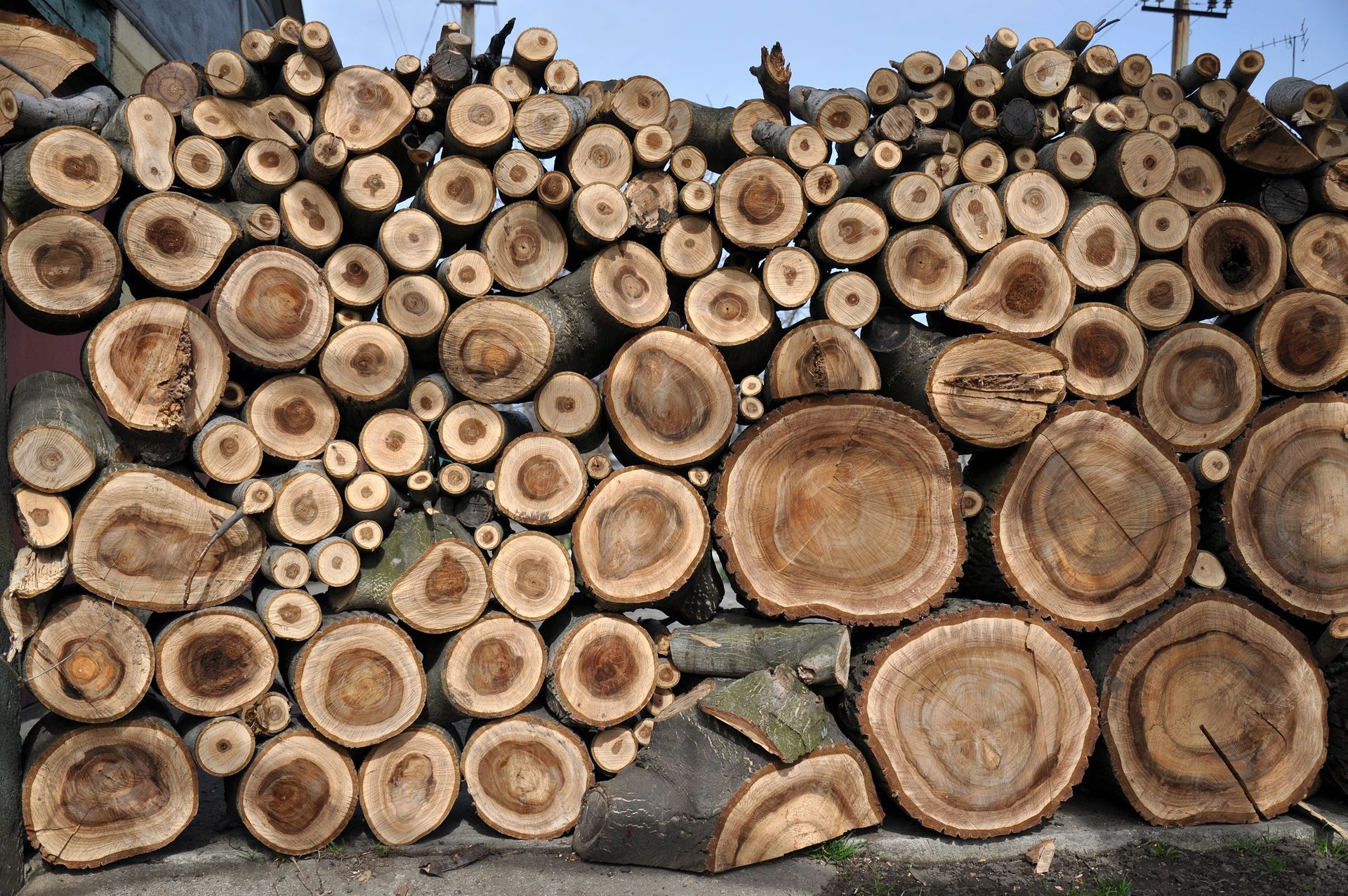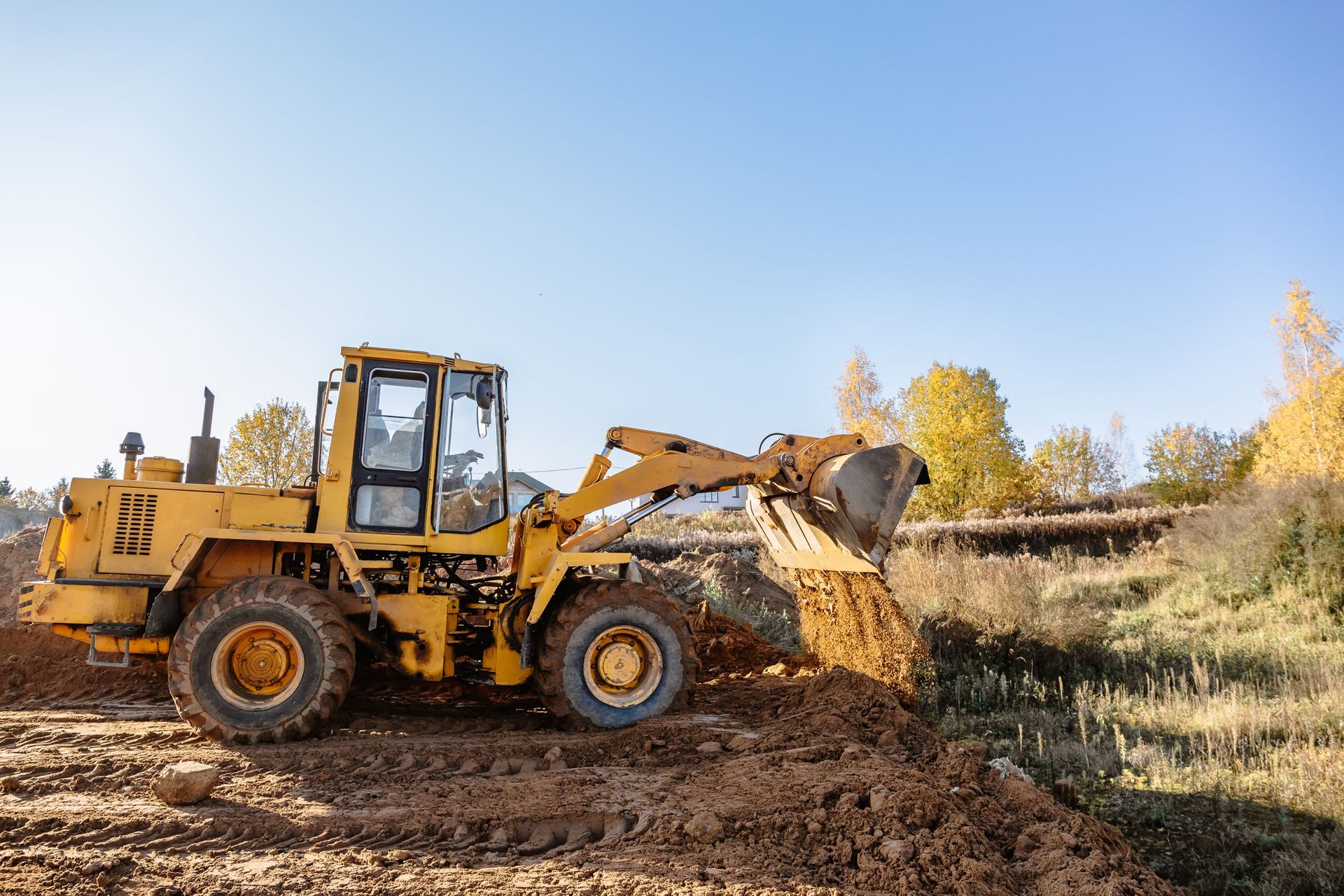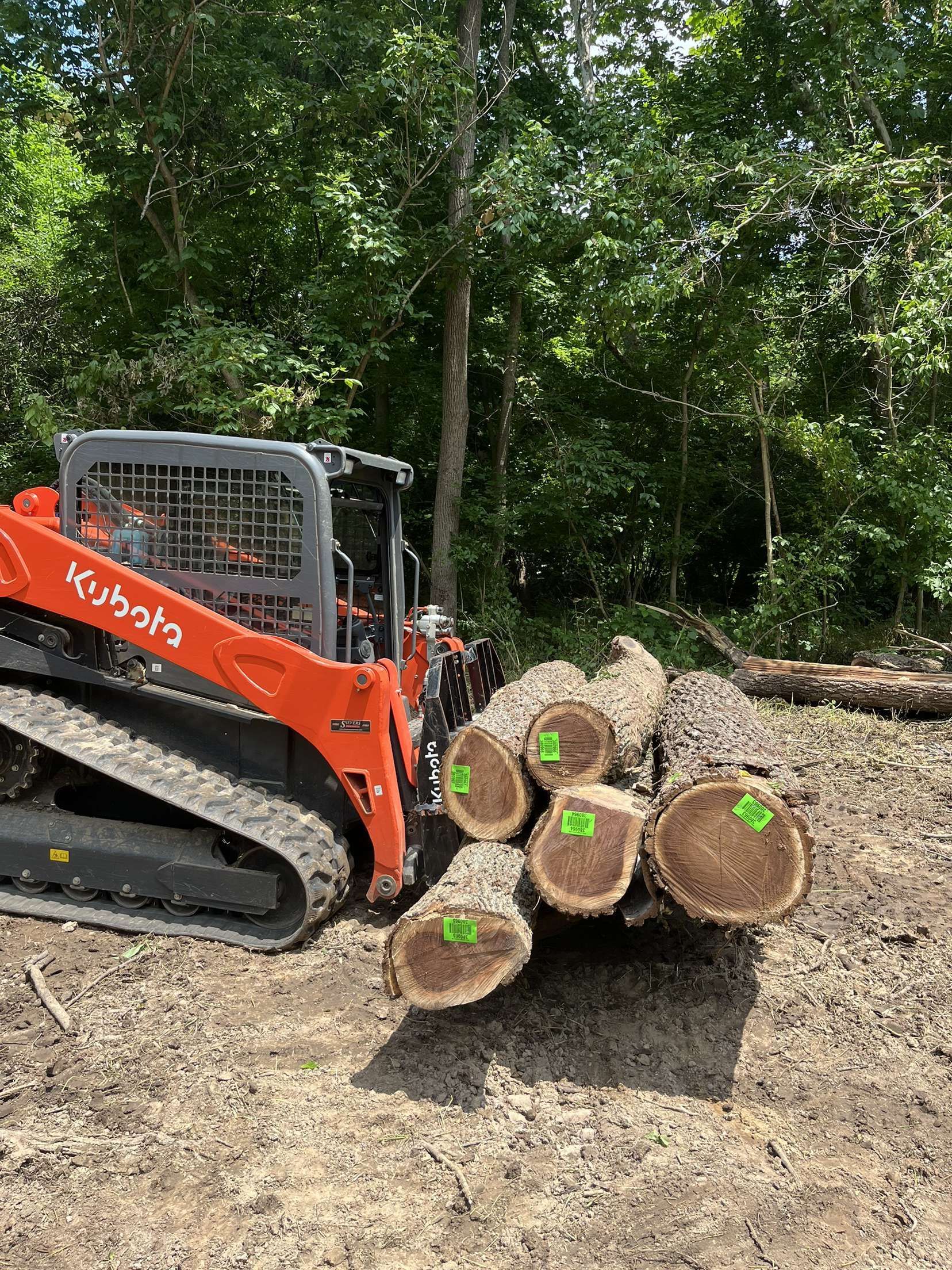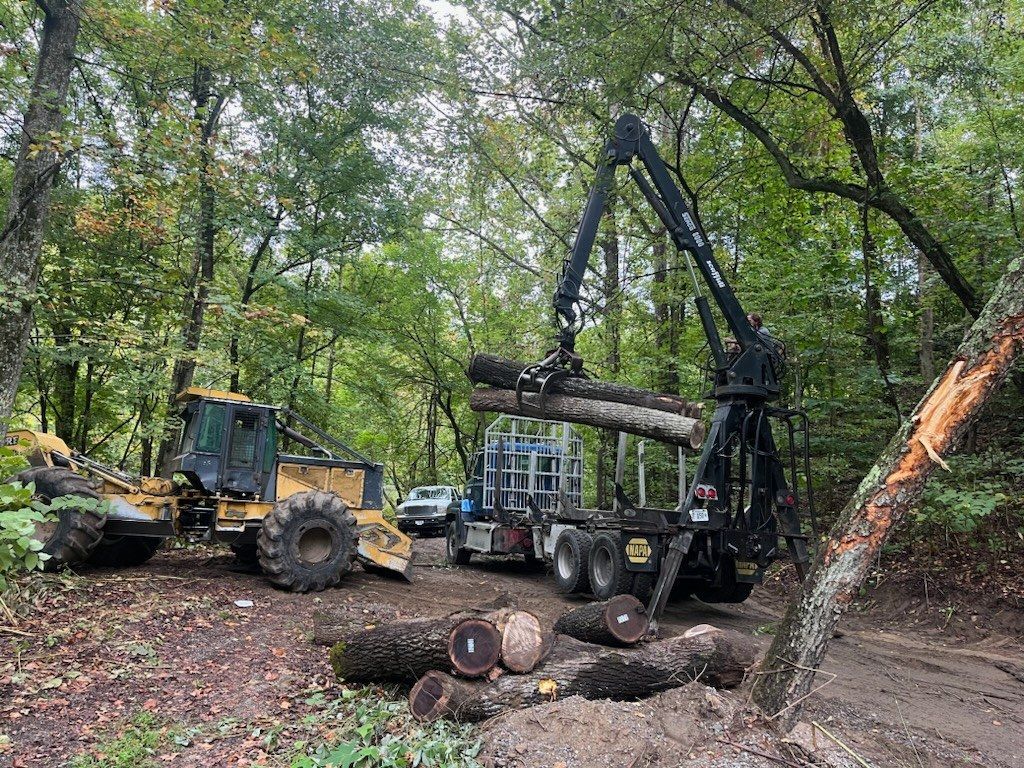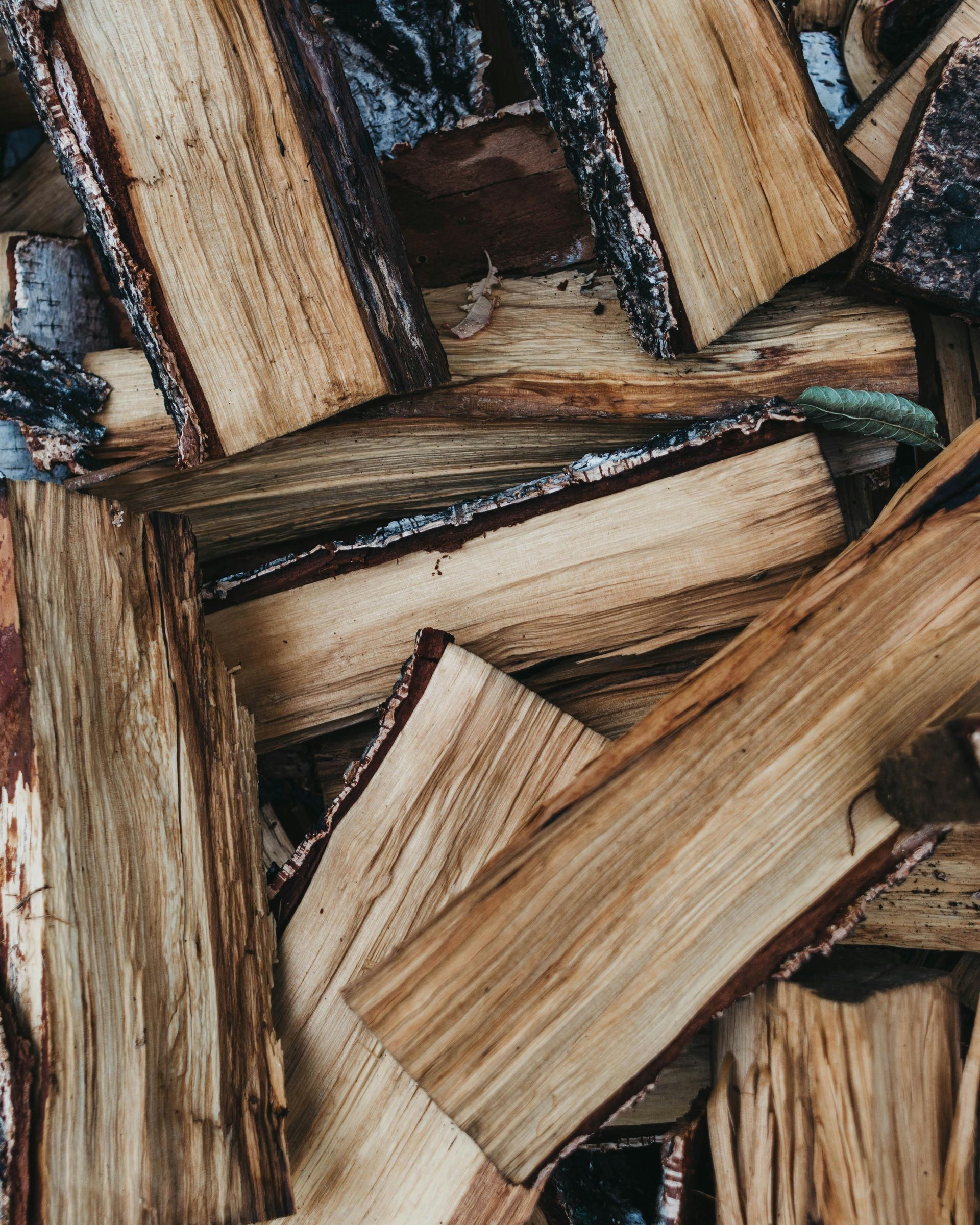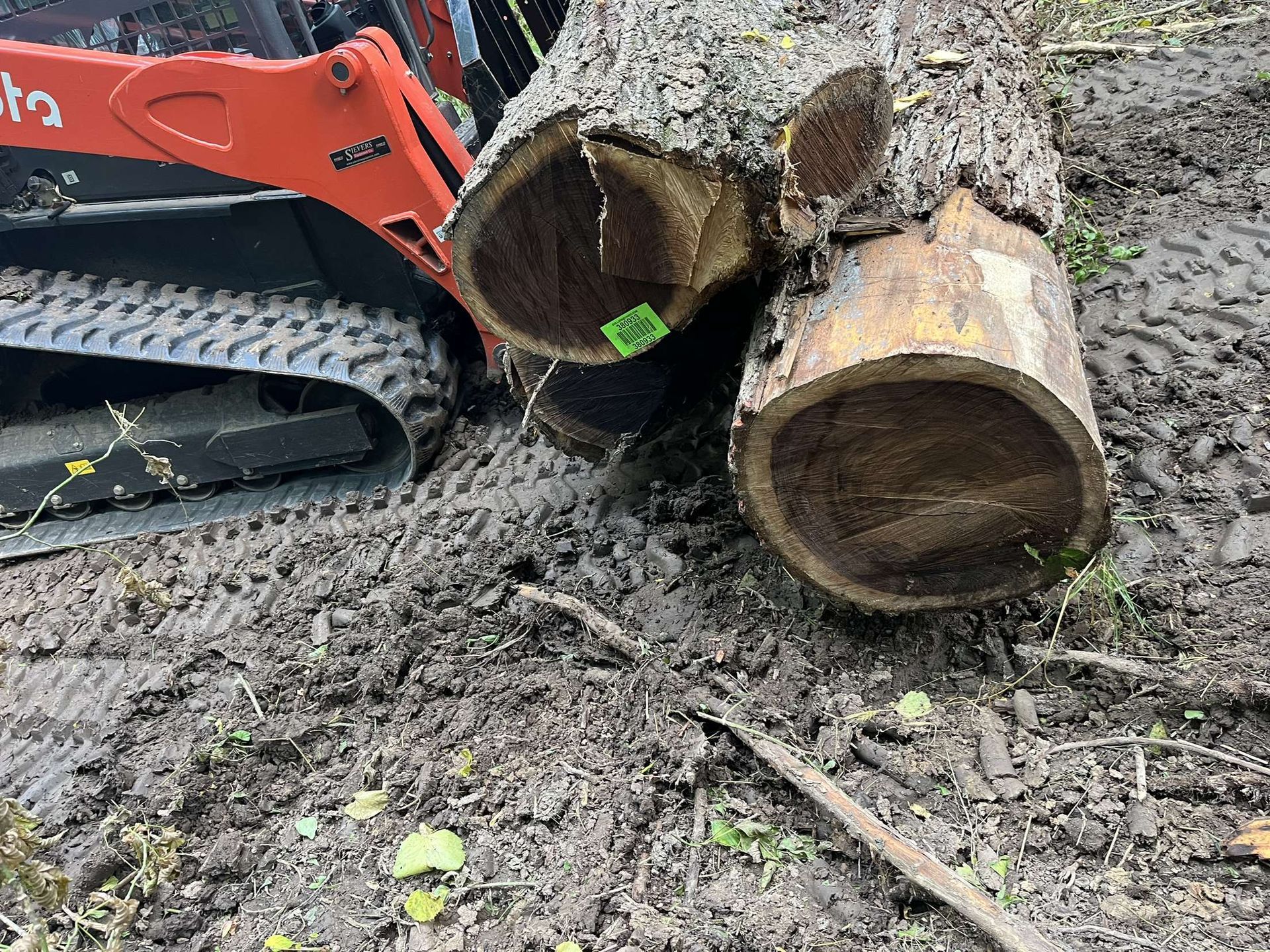Achieving Carbon Sequestration Goals and Environmental Compliance with Grade Timber's Drone Services
July 18, 2025
In an era of tightening environmental regulations and growing emphasis on sustainability, landowners in central and southern Illinois are increasingly focused on quantifying and enhancing their forests' carbon sequestration potential. Whether aiming for carbon credits through voluntary markets, complying with state incentives, or simply contributing to global climate efforts, accurate assessment is key. Traditional manual methods—such as caliper measurements or plot sampling— are labor-intensive, imprecise, and often overlook the full sequestration capacity hidden in complex terrains or dense canopies. This can result in undervalued assets or non-compliance with emerging standards. Grade Timber, a leading provider of aerial drone mapping services, steps in with innovative LiDAR and multispectral technologies to deliver precise, data-driven models that support eco-goals and informed land planning.
At the heart of Grade Timber's offerings is the seamless integration of LiDAR for structural mapping and multispectral sensing for vegetation health analysis. LiDAR systems, supported on drones with payload capacities under 9 kg, emit laser pulses to penetrate foliage, generating accurate 3D point clouds that estimate biomass volumes, tree heights, and canopy densities. This data feeds into algorithms that calculate carbon storage with high fidelity, accounting for species-specific factors like the dense wood of oaks prevalent in Illinois. Multispectral sensors complement this by assessing plant vigor through indices like NDVI, detecting chlorophyll content and photosynthetic activity to gauge sequestration efficiency. Together, these tools provide a holistic view, revealing how much carbon your forest is capturing and storing annually.
The workflow is streamlined for maximum value: It begins with a free consultation where Grade Timber's experts align the survey with your objectives, such as verifying compliance for Illinois' carbon offset programs or planning for enhanced sequestration. On-site data collection deploys high-performance drones with extended flight times up to 43 minutes, covering vast areas efficiently at speeds of 56 mph. Heavy payload support allows multiple sensors to operate simultaneously, capturing comprehensive datasets without ground disruption. Reliability features, like failover in motor failure scenarios and real-time controls, ensure safe operations in varied Illinois landscapes, from rolling hills to floodplain forests. The culmination is a detailed report featuring sequestration maps, biomass estimates, and scenario projections—tools that empower strategic decision-making.
The benefits extend far beyond basic quantification. Grade Timber's services verify sustainable practices, providing the verifiable data needed to participate in carbon credit programs or secure environmental certifications. For instance, accurate biomass models can demonstrate improvements from selective thinning, which enhances growth rates and sequestration in remaining trees. Landowners can plan targeted enhancements, such as reforestation with high-carbon species like black walnut, or soil management to boost root biomass. Integration with terrain data from LiDAR allows for site-specific strategies, identifying low-lying areas prone to waterlogging where sequestration might be optimized through wetland restoration. In Illinois, where agriculture and forestry intersect, this helps balance land use while maximizing carbon benefits, potentially qualifying for federal incentives under the Inflation Reduction Act.
Furthermore, multispectral analysis detects stressors like pests or drought that could impair sequestration, enabling early interventions to maintain forest health. Over time, repeated surveys track changes, supporting adaptive management in response to climate variability—such as increased flooding in southern Illinois that might affect carbon dynamics.
Drone reliability ensures data integrity; fast capture rates up to 2 frames per second and high-speed data transfers via USB-C or 10G Ethernet mean insights are delivered promptly, integrating seamlessly with GIS platforms for ongoing planning.
Without these advanced tools, compliance can falter—underestimated sequestration might lead to missed credits, regulatory fines, or inefficient land use that exacerbates emissions. Manual methods risk errors that undermine credibility in carbon markets, potentially costing opportunities for revenue from offsets.
Grade Timber facilitates the creation of sustainable legacies, blending their deep experience in Illinois timber management with cutting-edge drone technology. By quantifying and enhancing carbon sequestration, landowners not only meet environmental goals but also contribute to a greener future.
For smarter land management, visit www.gradetimber.com
or contact Grade Timber today to schedule your free consultation. Unlock the full potential of your property's role in combating climate change.
